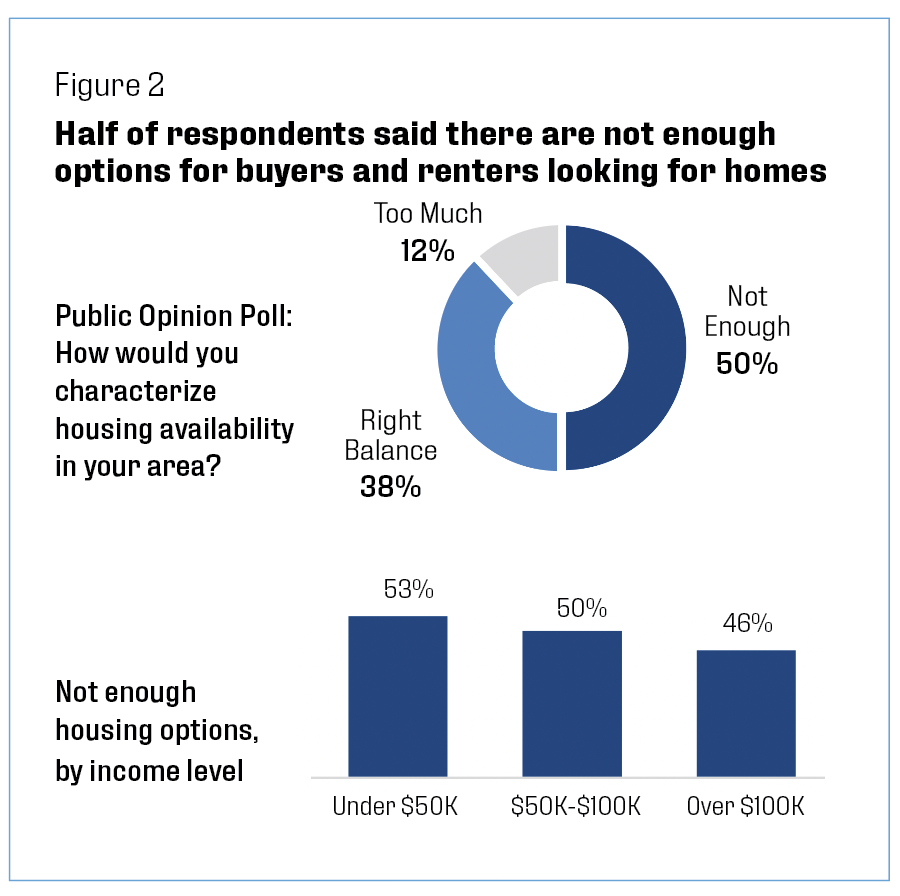The Dutch Housing Crisis: Challenges In Transforming Empty Offices And Shops Into Homes

Table of Contents
Regulatory Hurdles and Planning Permissions
Converting commercial properties into residential spaces in the Netherlands requires navigating a complex web of regulations and obtaining the necessary planning permissions. This process often proves to be a major bottleneck, delaying projects and increasing costs.
Complex Permitting Processes
The bureaucratic hurdles associated with obtaining planning permission are substantial. The process is often lengthy, involving multiple stages and requiring extensive documentation. Appeals processes can further prolong the timeline, adding considerable uncertainty for developers.
- Specific Regulations: Navigating building codes (Bouwbesluit), zoning laws (bestemmingsplannen), and environmental regulations (Milieuwetgeving) is crucial, requiring specialized expertise.
- Processing Times: Obtaining the necessary permits can take anywhere from several months to over a year, depending on the complexity of the project and the responsiveness of local authorities.
- Costs: The fees associated with applications, assessments, and inspections contribute significantly to the overall project costs.
Conflicting Zoning Regulations
Existing zoning regulations frequently restrict the conversion of commercial properties into residential units. Many areas are zoned exclusively for commercial use, making residential conversions legally impossible without significant policy adjustments. This highlights the urgent need for streamlined regulations and a more flexible approach to zoning policies.
- Examples of Zoning Conflicts: A building designated for retail use might be prohibited from housing residential units, even if the structural integrity allows for conversion.
- Amending Zoning Regulations: Advocating for changes to zoning regulations to allow for more flexibility in land use is crucial for unlocking the potential of converting commercial spaces.
- Impact Assessments: Thorough environmental impact assessments and urban planning studies are often required, adding to the time and cost involved.
Financial and Economic Constraints
The financial feasibility of transforming empty offices and shops into homes is another critical challenge. High conversion costs and market uncertainties can make such projects risky and economically challenging.
High Conversion Costs
Converting commercial spaces into residential dwellings requires significant investment. Renovations, infrastructure upgrades (including plumbing, electricity, and heating systems), and ensuring compliance with stringent building codes can quickly escalate costs.
- Breakdown of Conversion Costs: Labor costs, materials, architect fees, engineering consultations, and permit fees all contribute to the high expense.
- Potential Funding Sources: Securing funding through government grants, private investment, or innovative financing models is crucial for making these projects viable.
- Feasibility Studies: Conducting thorough feasibility studies and cost-benefit analyses is essential before embarking on any conversion project.
Market Demand and Viability
Ensuring a viable market for the newly converted housing units is crucial for the project's success. Factors such as location, size, and amenities significantly influence demand and rental yields. A thorough market analysis is needed to minimize risk.
- Importance of Market Research: Understanding local demand, rental rates, and the target demographic for the converted units is essential.
- Potential Tenant Demographics: The design and features of the converted spaces must cater to the specific needs and preferences of the target tenant group (e.g., young professionals, families).
- Rental Yield Projections: Accurate rental yield projections are necessary to demonstrate the financial viability of the project to potential investors.
- Impact of Location on Property Value: The location of the property significantly impacts its value and rental potential.
Technical and Practical Challenges
Beyond regulatory and financial considerations, converting commercial spaces presents significant technical and practical hurdles.
Adapting Existing Infrastructure
Adapting existing infrastructure to meet residential needs is often complex and costly. Commercial buildings are typically designed for different uses, requiring substantial modifications to plumbing, electricity, ventilation, and waste disposal systems.
- Examples of Infrastructure Modifications: Installing new plumbing and electrical systems, upgrading ventilation to meet residential standards, and creating adequate waste disposal solutions.
- Costs Associated with Upgrades: These infrastructure upgrades often represent a substantial portion of the overall conversion costs.
- Potential Disruptions During Renovation: Significant disruption to neighboring businesses and residents during the renovation process can pose challenges.
Soundproofing and Energy Efficiency
Meeting stringent soundproofing and energy efficiency standards is paramount in residential conversions, especially in buildings not originally designed for residential use. Failure to comply can lead to significant penalties and reduce the desirability of the units.
- Building Regulations on Soundproofing and Energy Efficiency: The Dutch building regulations (Bouwbesluit) set high standards for sound insulation and energy performance.
- Materials and Techniques for Improving Insulation: Utilizing high-performance insulation materials and employing effective soundproofing techniques are crucial for meeting these standards.
- Potential Impact on Overall Costs: Investing in superior insulation and soundproofing materials adds to the overall costs but is crucial for long-term viability and tenant satisfaction.
Conclusion
Transforming empty offices and shops into homes presents a significant opportunity to alleviate the Dutch housing crisis. However, the challenges are considerable. Regulatory hurdles, substantial financial constraints, and complex technical issues need to be addressed. Overcoming these obstacles requires a multi-pronged approach involving policy changes, increased investment, efficient planning processes, and innovative solutions. Let's work together to overcome the challenges and unlock the potential of transforming empty spaces into much-needed homes – and alleviate the Dutch housing crisis. Research local initiatives, contact your representatives to advocate for policy changes, or explore investment opportunities in this vital sector.

Featured Posts
-
 Jannik Sinner Meets Pope Leo Xiv A Rare Encounter At The Italian Open
May 28, 2025
Jannik Sinner Meets Pope Leo Xiv A Rare Encounter At The Italian Open
May 28, 2025 -
 Inisiatif Kodam Udayana Untuk Sukseskan Gerakan Bali Bersih Sampah
May 28, 2025
Inisiatif Kodam Udayana Untuk Sukseskan Gerakan Bali Bersih Sampah
May 28, 2025 -
 Ronaldo Nun Sasirtici Hareketi Fenerbahceli Taraftarlari Heyecanlandiran Anlar
May 28, 2025
Ronaldo Nun Sasirtici Hareketi Fenerbahceli Taraftarlari Heyecanlandiran Anlar
May 28, 2025 -
 Government To Reconsider Affordable Rent Protections Amidst Market Concerns
May 28, 2025
Government To Reconsider Affordable Rent Protections Amidst Market Concerns
May 28, 2025 -
 Padres Merrills 2 Run Homer Fuels 5 2 Victory Over Guardians 7 0 Start
May 28, 2025
Padres Merrills 2 Run Homer Fuels 5 2 Victory Over Guardians 7 0 Start
May 28, 2025
